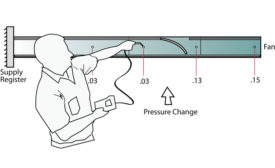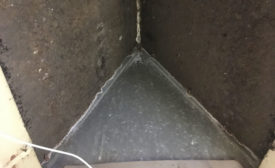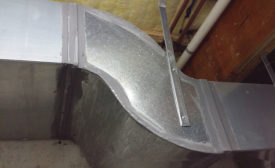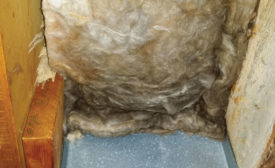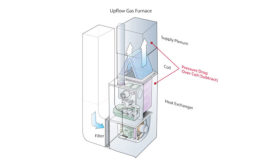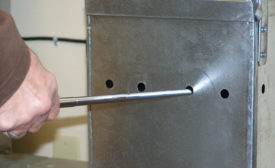Articles by David Richardson
You have to identify the location of the airflow problem
Read More
Technicians Should Address Static Pressure Readings like a Doctor
Much like blood pressure tests, static pressure tests offer definitive diagnoses
Read More
Duct Dynasty: Designing the Ideal Duct System
An outline of how duct systems should be designed, fabricated, and assembled
Read More
Duct Dynasty: The Unintended Influences of Airflow on Combustion Safety
Altered airflow can influence the safe operation of fuel-fired equipment
Read More
Duct Dynasty: Increase Comfort with Performance-grade Registers and Grilles
Registers and grilles provide profitable opportunities for contractors
Read More
Duct Dynasty: Five Rules to Know About Airflow
Airflow is one of the most misunderstood aspects of an HVAC system
Read More
Duct Dynasty: Prevent Airflow Problems with Replacement Indoor Coils
Be sure to accurately measure pressure drop and acknowledge the number of fins per inch
Read More
Duct Dynasty: What Baseball Teaches Us About System Performance Testing
The sport shows us there is a repeatable method to achieve success
Read More
Copyright ©2024. All Rights Reserved BNP Media.
Design, CMS, Hosting & Web Development :: ePublishing
